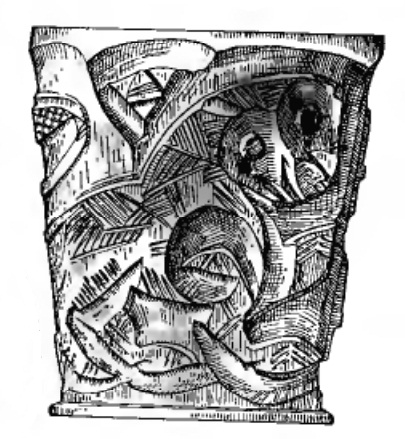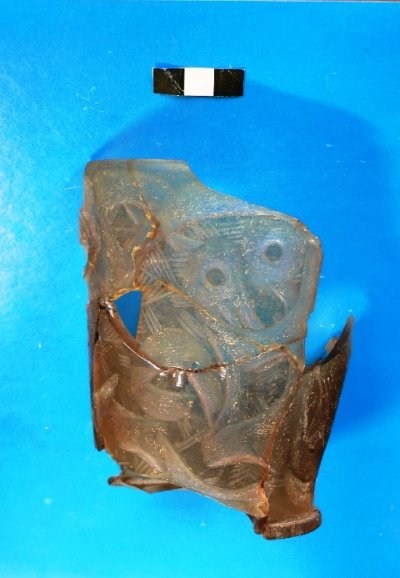
As part of the project "Lost Heritage", which we launched as a series of videos, we will tell you today about an interesting artifact, which was found nowhere else in our country. We will tell you about the "Hedwig glass" or "Hedwig beaker".
According to the legend, the glasses belonged to the Silesian Saint Hedwig, the wife of Duke of Silesia Henry the Bearded. When Hedwig drank water and her lips touched a beaker, the water transformed into wine.
The vessels of this type are widely known to the scholars, despite the fact that there are not so many of them - only 14 of such artifacts are known. Usually, these glasses are dated between the 11th-12th centuries. Most of them were found on the territories that were once a part of the Holy Roman Empire. Outside these territories, only a few such beakers were found, and the first among them was a beaker from Navahradak.
In fact, the Hedwig Glass from Navahradak physically exists - you can see it in the exposition in the Hermitage - but at the same time it is "lost" for Belarusian scholars and the visitors of our museum.
The Navahradak glass was found during the archeological excavations at the Navahradak Castle (1955-1962). These are a fragment of a glass (2/3 of the whole object) as well as a raw piece of glass, presumably from a second beaker of the same color as the first one. The glass is decorated with relief carvings and engravings: figures of a griffin, a lion and a Tree of Life in form of two snakes.
All 14 Hedwig beakers are made in a rather complex technique (perhaps that is why the British Museum ranked them among the 100 most significant works of material culture of all mankind): these are thick-walled vessels with embossed ornaments, elements made by sharpening the background around the ornament. It can be argued that all the beakers were made in the same workshop. The reason for such conclusions is the peculiar manufacturing technique and the elements of the beakers, as well as the fact that these were very expensive things, not for sale in the markets, but only available to personal order. Scholars believe the beakers were used as diplomatic gifts and during coronations.
We are looking forward to seeing everyone who wants to learn more about the origins, manufacturing techniques and decoration of glasses in our museum.
At the end of our short story we propose to answer the questions: could the "Hedwig beaker" accidentally get to Navahrudak? And could it be present during Mindoūh's coronation in Navahradak? Looking forward to your comments!





